Where did we come from? Literally nobody knows
Here is the first draft of the first part of one chapter of a book I'm working on following the branches of the Tree of Life step by step from the dawn of life all the way to humans. It is based on the blog series I wrote here on Hive some years ago, vastly expanded and updated.
Many lines are already highlighted to be replaced, not visible in this here blog
I wrote it to be particularly easy and fun to read, rather than getting bogged down in the academics that is beyond most of us. The final draft will be substantially different. That being said, if I ever do publish a fully-fledged book, by reading it here, you'll pretty much have read it already without the need to pay $0.50 for it in a charity shop. Lucky you!
Final point, the book will require heavy illustration which does not yet exist, so most images are AI generated for now.
The Death of The Tree

[Intro redacted]
Nature has a skillful hand when it comes to throwing wrenches into the world. It just makes existence that bit more interesting and more colourful. Sometimes these colours blend into a multitude of combinations that result in new colours we have never before seen, and the lines separating one colour from another start to join in on nature’s little painting games, blurring and blending together the more we look at them until nothing even makes sense anymore.
Have you ever wondered what a tree is? Well, you should, because even top researchers couldn’t tell you. Nobody actually has an answer. We thought we did for a while, but Life’s colourful wrenches came raining down on it all. Maple trees are more closely related to cabbages than they are Oaks or Pines. Go figure.
In fact, as is often the case, the physical characteristics of your concept of a typical tree have apparently evolved separately multiple times throughout history in a process we call convergent evolution, in which similar environmental pressures across time and space force similar adaptations from totally separate species. This quirk of nature is one of the many colourful wrenches it has thrown at us in the past, and is a large part of why we now try to avoid classifying lifeforms by their physical features. Another great example of this confusing habit of the wild is the adaptation of wings, which if you look hard enough, can be found on birds, bats and bees. Aves, mammals and insects. It may surprise you to know that they are not in fact part of a close-knit family of arrogant fliers, although I’d bet money that they invite each other to their exclusive, airborne parties, with guest appearances from certain fish, squirrels and dinosaurs.
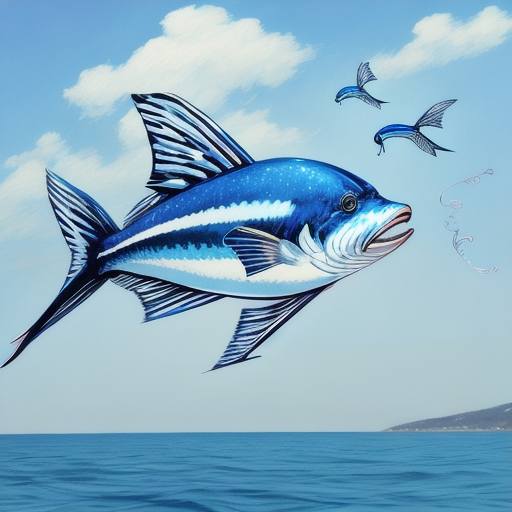
Aside from the anecdotal accusations of relationships between birds and bees, the truth is that they are all barely acquaintances. And yet somewhere within their DNA, a decision was collectively made that wings were in fact a pretty neat idea for the lot.
Lucky gits.
So, if trees are cabbages, and bats aren’t birds, dinosaurs can fly and legless lizards aren’t snakes, what the hell is going on? This, alas, is the phylogenetic curse which makes up our Tree of Life - something which will be popping up rather constantly throughout this journey.
But first, I’ll address the elephant in the room. No, not the fact that elephants are more closely related to hyraxes, a furry mouse-like creature with vampire teeth and a permanent sinister-clown expression, than rhinos. I’m talking about the elephant we call Domain.
As I alluded to earlier, the Tree of Life, much like woody trees, is in a state of constant change. What we might think of as hardcoded fact based on scientific consensus is in fact a veritable jungle of chaos and confusion still hotly debated in many forums around the world.
Even something so seemingly established as the three domains system is increasingly under fire. This system is what most of us get in school textbooks which neatly demonstrates how all life on earth is divided into three large groups. It’s worth giving it a quick look to appreciate the elegance of it, before I destroy it.
As we recognise it today, the Three Domain concept was established as recently as 1990 after a couple of decades of canoodling by Carl Woese after discovering an entirely new type of lifeform. In this new design, all life as we know it gets neatly plonked into the following groups:
• Eukaryota, the plants, animals and fungi we all know and love. Birds, Bees, Bats, Trees, Cabbages, Elephants, Hyraxes, Rhinos, flying fish, and more – including you.
• Bacteria, the microscopic underbelly of it all that make us sick, help us digest food, brew our beers and decomposes our leftover meals.
• Archaea, the mysterious discovery. Bacteria-like stuff that isn’t bacteria but also microscopic and, on a superficial level, identical to bacteria. Most people have no idea this group even exists, because Archaea are actually nice and have never made us sick.
These three domains were classified based on differences that couldn’t be ignored. The eukaryote, for example – you and me - is the only one of the three whose cells contain a nucleus, something your school might have told you is the control centre of the cell. It’s responsible for carrying a lot of important genes and information such as what you might inherit from your parents. Kind of a significant feature if you think about it, so it makes some level of sense to separate nucleus-containing creatures into their own group.
The problem arises for the sub-IQ citizens like myself when we start looking into the apparently insurmountable differences between Bacteria and Archaea. If you looked at one under a decent microscope, you would not be able to tell the difference. They’re both a series of microscopic blobs.
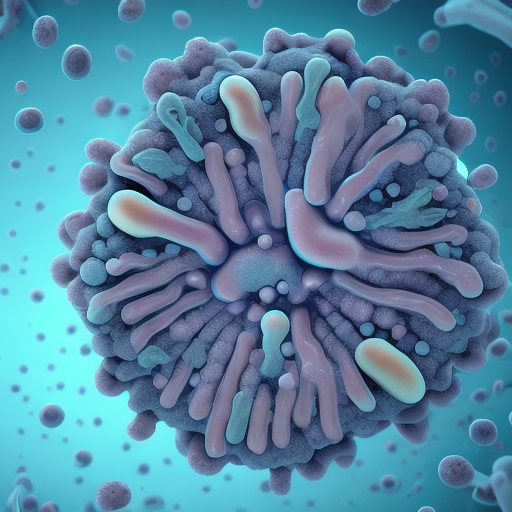
Checking out Wikipedia doesn’t help either. Take a trip over there and you’ll be met with definitions like this:
...typically characterized by membrane lipids that are branched hydrocarbon chains attached to glycerol by ether linkages.
It goes on to explain that, unlike Archaea:
…(bacteria's) membranes are made of unbranched fatty acid chains attached to glycerol by ester linkages
Well, I’m glad that’s cleared up!
If you don’t get it, don’t worry. It turns out nobody even knew they were distinct from one another until 1977 when Carl Woese first made his exciting discovery. This I find rather insulting on behalf of the Archaea considering they are largely thought to be the most ancient form of all life, dating back as far as 3.5 billion years, barely a billion years after the earth was even formed. In cosmological timescales, that’s barely enough time for Earth to brush her teeth and get some socks on before Archaea came barging through the bathroom door and making itself at home on the toilet. Archaea literally means ancient things, from the beginning, or to be first.
To rub salt into the wound, Woese’s discovery did not at first even distinguish archaea from bacteria – because why would they? They look the same. They were in fact originally described as Archeobacteria. This must have felt like a slap on the cell walls, as Archaea, despite appearances as microscopic blobs, turned out to be more closely related to the Eukaryotes than Bacteria.
See how chaotic these blurry lines can get? How can a microscopic blob be a closer cousin to a chimpanzee than another identical microscopic blob? We haven’t even gotten past the starting line yet and we’re already getting knotted up into all kinds of butterfly loops and half-Windsor’s.
So how did the big brains figure out that Archaea were an entirely separate domain to bacteria, if not by ogling at them under a microscope?
It turns out that Woese was working on a brand-new method of categorizing relationships between life through genetic sequencing, a technology that had just enjoyed a major breakthrough the very year of Woese’s discovery. This was practically a death sentence of human biases for physical appearances and allows us to dig in with a reborn, more objective approach and with far more colourful results. From this, it was discovered that the genetic sequence, as well as the cellular structure of Archaea was entirely different to Bacteria (this is what the Wikipedia jargon above was referring to).
It no longer made sense to have only two domains, and so Woese created the new third branch; Archaea. You might be thinking it a little unfair that Archaea, this insignificant addition to nature gets its own entire domain. And you’d be right. While they’re not exactly rare, they do only amount to 7 gigatons of carbon biomass when compared to Bacteria, who are estimated to outweigh Archaea tenfold. However, this leaves 473 gigatons left to account for the total of 550 gigatons that make up the total planet’s carbon biomass. That’s where us Eukaryotes come in. All animals amount to only 2 gigatons of carbon, a barely visible pixel on the cinema screen. However, a full 450 gigatons of carbon is attributed to plants, 65 times heavier than that of Archaea.
The point I’d like to make here is that this sense of injustice is another example of human biases. This new domain is not even close to equal in mass to the others, maybe we can just squeeze them back into Bacteria? Are they even contributing to nature? After all, they are extremophiles living in inhospitable salty waters and under the ocean. What’s the point?
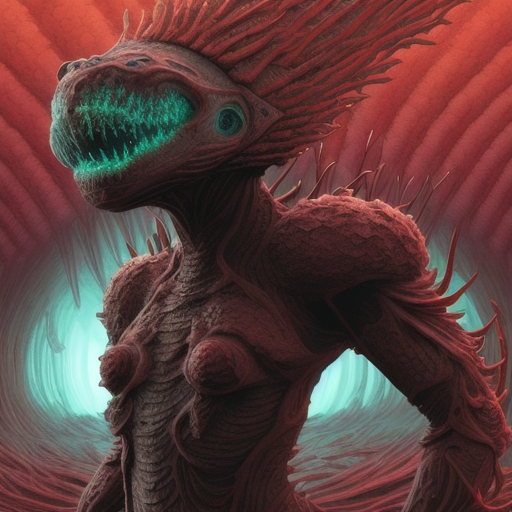
Oh, I’m so glad you asked yourself, dear me. We’re getting to it.
(Next time)
Sources:
https://sandwalk.blogspot.com/2020/01/the-three-domain-hypothesis-rip.html
https://www.nature.com/articles/s41559-019-1040-x
doi: 10.1038/s41559-019-1040-x
doi.org/10.1098/rstb.2014.0321
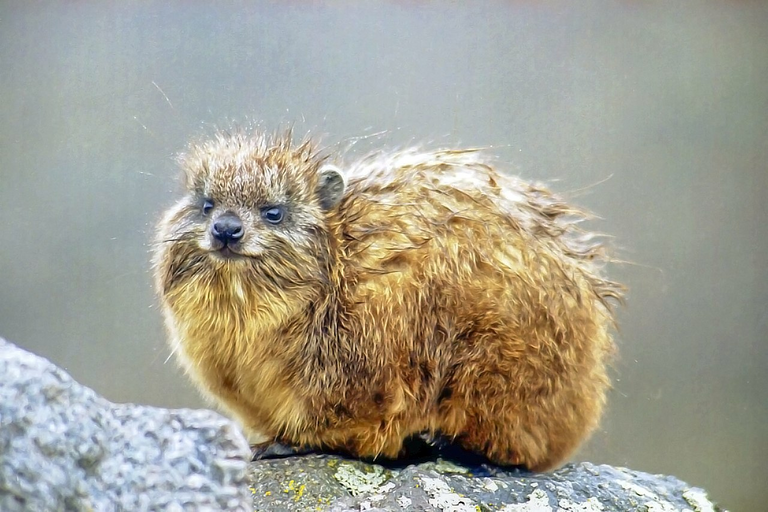
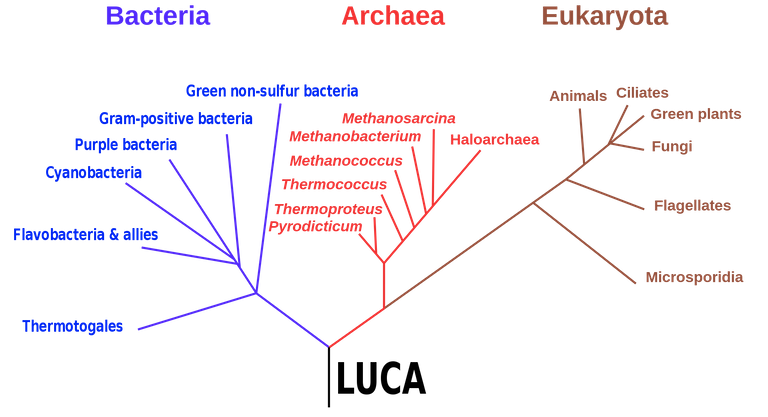
Congratulations @mobbs! You have completed the following achievement on the Hive blockchain And have been rewarded with New badge(s)
Your next target is to reach 28000 upvotes.
You can view your badges on your board and compare yourself to others in the Ranking
If you no longer want to receive notifications, reply to this comment with the word
STOPTo support your work, I also upvoted your post!
Check out our last posts:
None has dare to make a comment on this topic. Still I wanna make a few words.😭😭 People don't understand or can differetiate objects visible in naked eyes. How can we differetiate bacteria and archaea,so similiar in microscopic eye even!
Haha its fine, I know that sciencey stuff rarely gets much interaction. But that ain't a reason not to write it!
But yeah for most of history we just distinguished by eyes, but if we did that, we'd call a hoverfly a wasp because it looks like a wasp, but it isn't a wasp at all! termites would be ants, and bald chimps would be humans haha
There's basically a lot of differences between the cell walls and other chemical elements that make up the structure of either organism, just not obviously visible things
Yeah, a hoverfly would be wasp, a termite would be an ant and a bald chimp , a human if we wouldn't use a microscop... haha 🤣
That was very funny.. I forgot to comment on that...it was a long one.
Thanks for your contribution to the STEMsocial community. Feel free to join us on discord to get to know the rest of us!
Please consider delegating to the @stemsocial account (85% of the curation rewards are returned).
You may also include @stemsocial as a beneficiary of the rewards of this post to get a stronger support.
Excelente propuesta. Esperaré los siguientes aportes. Saludos. aliriera
Coming soon!
I'm super interested in "directing" evolution through environmental circumstances. Convergent evolution seems a lot more mind bending than divergent.
Glad to hear it! Yeah I'm hoping to make it a bit more interesting than that by stopping along the way at certain interesting points, e.g., the development of bones, sexual reproduction, yadda yadda, but with my own spin on each and some pretty niche that they don't normally hit the mainstream clickbaity type media. Pretty much everything is open to be in it, really
That's cool man. This may not be your style, but it may be fun to turn up the irreverence. I think the general disdain for science from the public comes from the misconception that scientists like handing down life lessons to all us sinners. When actually, scientists are just abysmal communicators.
Loved the alien version in your post. Nice work, mate! Your ideas and thoughts are meaningful. Your should post here more often, mate @mobbs
I'm about to post part 2 and will continue doing bit by bit, so you'll see me around for a while. I used to post constantly in the past but life has become more busy for me these days and it always took a lot of time researching!
Well done, mate. Tag me on your post. Love the way you write about science.
I'm intrigued by the discovery of Archaea and their unique genetic sequences. It's fascinating how a seemingly small change led to the creation of an entirely new domain.
I'm wondering about the impact of Archaea on understanding early life on earth. Could the existence of Archaea provide insights and conditions that shaped the origin of all life on earth?